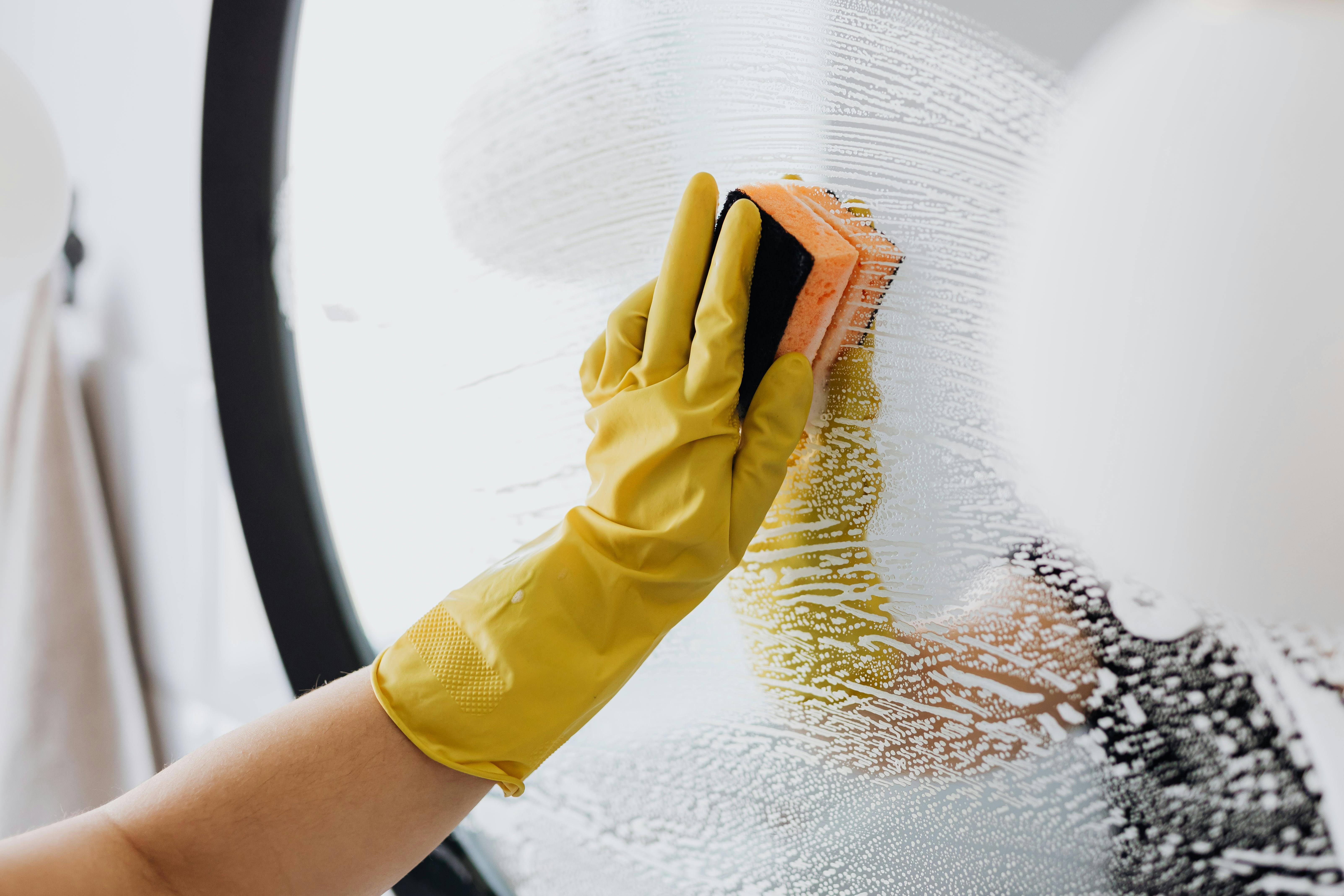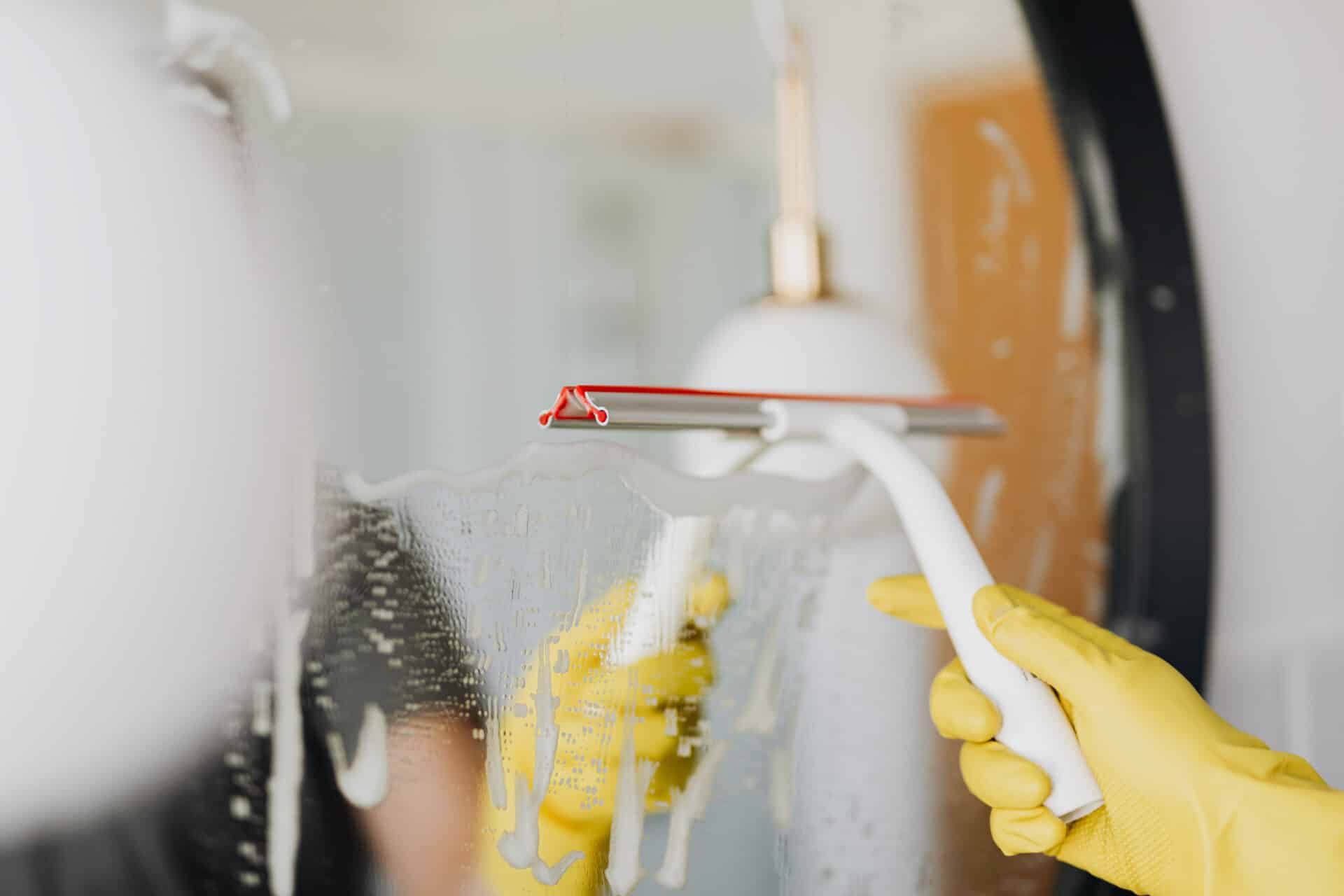Distilling water is a process used to purify water by removing impurities and contaminants that may be present. A common question asked is whether distilling water can remove microplastics from the water. Microplastics are tiny pieces of plastic, usually smaller than five millimeters in size, that are present in our environment and can eventually make their way into our drinking water supply. In this article, we will discuss whether distilling water can effectively remove microplastics from our drinking water.Yes, distilling water can remove microplastics. The distillation process involves heating the water to a point where it begins to evaporate, leaving behind any solid particles, including microplastics. The vapor is then condensed and collected as a safe and pure drinking water source that is free from microplastics.
Microplastic Pollution
Microplastics are small plastic particles measuring less than five millimeters in size. These tiny pieces of plastic can come from a variety of sources, including the breakdown of larger pieces of plastic, from the clothes we wear, and directly from cosmetics and personal care products. Microplastics are widely found in our oceans, rivers, and even drinking water supplies.
Microplastic pollution is a growing problem for our environment. These particles can harm plant and animal life by blocking their digestive systems or acting as carriers for other pollutants such as heavy metals or toxins. They also have the potential to accumulate in the food chain, eventually impacting human health.
In addition to its environmental impacts, microplastic pollution also contributes to ocean litter and beach pollution. Because these tiny particles are difficult to clean up, they often remain on beaches or in water bodies long after larger pieces of plastic have been removed. As a result, they are often mistaken for food by sea birds and other wildlife.
To reduce microplastic pollution, it’s important to reduce the amount of plastics we use in our daily lives. Alternatives such as glass bottles and paper bags should be used instead of single-use plastics whenever possible. Additionally, choosing products with natural ingredients instead of synthetic ones can help reduce microplastic pollution from cosmetics and personal care products. Finally, supporting legislation that reduces plastic use is also an important step in reducing microplastic pollution worldwide.
Distillation
Distillation is a process of separating a mixture of liquids, based on their different boiling points. The process involves heating the mixture until one component vaporizes, while the other component stays in its liquid form. The vapor is then condensed and collected as the desired product. Distillation is used in the production of alcoholic beverages, essential oils, and other products. It can also be used to purify water, separate different components from a liquid, and increase the concentration of a component in a mixture.
Distillation
Distillation is a process used to separate a mixture of liquids or gases into its individual components. It works by taking advantage of differences in the vapor pressures of different components in a mixture. When heated, different components will evaporate and condense at different temperatures. This allows for the separation of the components by collecting the vapors produced at each temperature. Distillation can be used to purify liquids or separate mixtures of two or more liquids that have different boiling points. It can also be used to separate gases from liquids or to purify gases, such as air.
The most common type of distillation is known as fractional distillation. This technique involves heating the mixture until it boils and then condensing the vapors produced into a separate container. The vapors are then cooled and collected one at a time according to their boiling points, allowing for separation and purification of the individual components in the mixture. The process can be repeated multiple times in order to further increase purity levels.
Another form of distillation is known as vacuum distillation. This process works by reducing the pressure inside the distilling vessel so that it is lower than atmospheric pressure, allowing for lower boiling temperatures and less energy needed for evaporation and condensation. This makes it possible to separate more volatile and temperature-sensitive materials, such as volatile organic compounds (VOCs). Vacuum distillation is commonly used for refining crude oil into gasoline, diesel fuel, lubricating oils, and other petroleum products.
Distillation is an essential process for many industries, including pharmaceuticals, food processing, chemical production, water treatment, and petrochemical refining. It plays an important role in ensuring product quality and safety by separating out unwanted impurities from raw materials or mixtures.
Advantages of Distillation
Distillation is a process that is used to separate components of a liquid mixture by using evaporation and condensation. It is one of the oldest and most commonly used techniques for separating mixtures. Some of the advantages of distillation include its ability to separate different components from a mixture, its cost effectiveness, and its ability to purify liquids.
Distillation can be used to separate different components from mixtures, such as alcohol from water or compounds with different boiling points. This process involves heating the mixture until it reaches its boiling point, then collecting the vapor that is created. As the vapor cools, it condenses back into a liquid form, leaving behind any other components that were present in the original mixture. This makes it an effective way to separate two or more components from each other with relative ease.
Since distillation requires only heat and collection vessels, it is also one of the most cost-effective methods for separating mixtures. Additionally, since no additional chemicals or solvents are needed for this process, it is considered to be environmentally friendly compared to other separation methods.
Finally, distillation can be used to purify liquids by removing any impurities that may be present in them. This process works by first evaporating the contaminated liquid and then condensing it into a purer form. This can help ensure that any contaminants are removed from the liquid before it is consumed or put into use in other applications.
Disadvantages of Distillation
While distillation has numerous advantages, there are some disadvantages associated with this process as well. For instance, distillation requires a large amount of energy in order to heat up the mixture and create vapor that can be collected and condensed back into a liquid form. Additionally, not all liquids are suitable for distillation since some have low boiling points which makes them difficult to evaporate effectively using this method.
It is also important to note that some contaminants may still remain in the purified liquid even after distilling them due to their low boiling points or because they are not able to evaporate easily at all temperatures. Additionally, since this method does not involve any additional chemicals or solvents being added during the process, it may not always be as effective at separating mixtures as other methods such as chromatography or filtration would be.
Finally, another disadvantage of distillation is that it requires patience and skill in order to be successful; if done incorrectly or if too much heat is applied during the process, then some of the components may end up being destroyed instead of separated out properly.

Effectiveness of Distillation in Removing Microplastics from Water
Distillation is an effective method for removing microplastics from water. It works by boiling the water and then condensing the vapor, leaving behind any contaminants, including microplastics that are too large to pass through the condensation. The process also removes other impurities such as bacteria, viruses, and heavy metals. This makes it a great option for purifying drinking water.
The effectiveness of distillation in removing microplastics depends on several factors, such as the size of the microplastic particles, the temperature of the distillation process, and the length of time it takes to complete the process. Smaller particles are more likely to be removed than larger ones due to their size. Higher temperatures will also increase the effectiveness of distillation for removing microplastics as well as other impurities. The longer it takes to complete the distillation process, the more effective it will be at removing contaminants from the water.
In addition to being an effective method for purifying drinking water, using distillation can also help reduce environmental pollution caused by microplastics. When these particles enter natural waterways or oceans they can cause long-term damage to aquatic life and ecosystems. By using distillation to remove them from water sources before they enter natural bodies of water, we can help reduce this pollution and protect our environment.
Overall, distillation is an effective method for removing microplastics from water sources and helping reduce environmental pollution caused by these particles. It is important to remember that different variables such as particle size, temperature and length of time can affect how well this process works so proper testing should be done before implementation in order to get optimal results.
Is Distilling the Best Way to Reduce Microplastic Pollution?
Distillation is a process of purifying liquid by converting it into vapor and then condensing it back into liquid form. This process is used to reduce microplastic pollution in water, which includes tiny particles of plastic debris that enter rivers, lakes, and oceans from a variety of sources including industrial activities. There are several strategies available for reducing microplastic pollution, including filtering out the plastics through physical or mechanical processes such as sieving or screening, using chemical treatments to break down the plastic particles, and using natural methods such as bioremediation.
Distillation is an effective way of removing microplastics from water because it can separate out the plastic particles from other impurities in the water. This process works by boiling the water and collecting the vapors which contain much fewer pollutants than the original liquid. The vapors are then condensed into a clean liquid which has been stripped of most of its pollutants. This process can be used to reduce microplastic contamination in drinking water and wastewater treatment plants.
However, distillation is not always the best option for reducing microplastic pollution as it requires large amounts of energy and resources to operate. When compared to other methods such as filtration or bioremediation, distillation may not be cost-effective or efficient for some applications. Additionally, distillation may not be able to completely remove all microplastics from a sample due to their small size and ability to pass through filters.
In conclusion, distillation is one possible way of reducing microplastic pollution in water but it may not always be the most suitable method due to its high energy requirements and limited effectiveness. Other methods such as filtration or bioremediation may offer more cost-effective solutions depending on the application.
Other Methods for Removing Microplastics from Water
The presence of microplastics in our water sources has been a growing concern in recent years, with scientists and environmentalists warning of the potential risks associated with these pollutants. While it is difficult to completely eliminate microplastics from our water sources, there are several strategies that can be employed to reduce their presence. These methods include physical filtration, chemical treatment, and thermal treatment.
Physical filtration is one of the most common methods for removing microplastics from water. This involves using a filter to physically remove plastic particles from the water. Filters are usually made of paper or fabric and can be used in both small and large scale operations. They can also be used in combination with other treatments such as chemical or thermal treatments for more effective removal of microplastics.
Chemical treatment is another option for removing microplastics from water sources. This involves the use of chemicals such as activated carbon, alumina, and ion exchange resin to absorb or bind the plastic particles so they can be removed from the water source. Chemical treatments are often more effective than physical filtration but can also have negative impacts on the environment if not used properly.
Finally, thermal treatment is another method for removing microplastics from water sources. This involves heating the water to a high temperature which causes the plastic particles to break down into smaller pieces that can then be filtered out of the water source. Thermal treatments are usually only used in industrial operations due to their high energy requirements but can also be effective at removing larger amounts of microplastics at once.

Conclusion
Distilling water is an effective way of reducing the amount of microplastics present in our water supply. Although it does not completely eliminate them, it reduces the concentration significantly and is a great way to reduce exposure to these contaminants. It is important to note that distilling water does not remove all types of microplastics, however, so additional filtration systems may be necessary for complete removal. Additionally, distilling water takes energy and resources, so if possible, it is best to try and reduce plastic pollution at the source instead of relying on distillation as a solution.
Ultimately, while distilling water is an effective way to reduce microplastics present in our water supply, it should be viewed as only one part of a larger effort to reduce plastic pollution. The best way to protect ourselves and our environment from the dangers posed by microplastics is to take steps to prevent them from entering our waterways in the first place.

